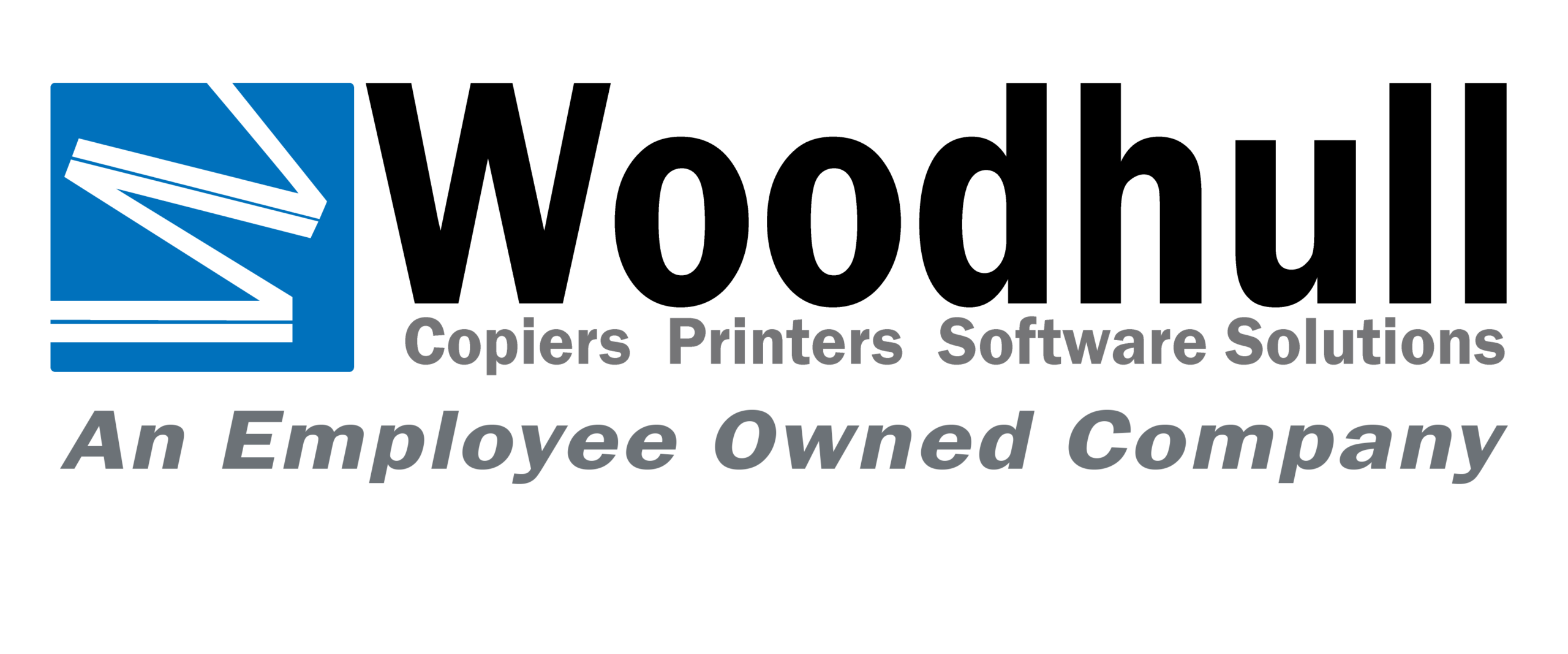In today’s rapidly evolving regulatory landscape, maintaining compliance in every aspect of your business operations is crucial. One often overlooked area where regulatory standards play a significant role is printing. Whether it’s financial documents, pharmaceutical labels, or product packaging, adhering to specific printing guidelines is essential to avoid legal complications and ensure the safety and accuracy of information. This article will provide an in-depth guide on conducting a print audit and maintaining regulatory printing standards.
Understanding the Importance of Regulatory Printing Standards
Regulatory printing standards are established by various governing bodies and industry organizations to maintain consistency, quality, and accuracy in printed materials. These standards cover a wide range of aspects, including:
- Content Accuracy – Ensuring that the information presented on printed materials is factually correct, up-to-date, and free of errors.
- Legibility – Making sure that text and graphics are clear, easy to read, and meet specific font and size requirements.
- Color Accuracy – Adhering to color specifications, particularly for products like pharmaceuticals, where color can be a critical identifier.
- Material Quality – Using approved materials that meet durability, safety, and environmental standards.
- Security Features – Implementing anti-counterfeiting measures for sensitive documents like financial instruments.
Non-compliance with regulatory printing standards can lead to serious consequences, including product recalls, legal penalties, financial losses, and damage to your company’s reputation. Therefore, conducting regular print audits is essential to identify and address any potential issues before they escalate.
Preparing for a Print Audit
Before embarking on a print audit, thorough preparation is key to ensure a smooth and efficient process. Here’s a step-by-step guide:
- Identify Applicable Regulations – Research and identify the specific regulations and standards that apply to your industry and the types of printed materials you produce. This may involve consulting industry-specific guidelines, government regulations, or international standards.
- Gather Relevant Documentation – Collect all relevant documentation, including product specifications, artwork files, printing contracts, and previous audit reports. These documents will serve as references during the audit.
- Define Audit Scope – Clearly define the scope of the audit, including the types of printed materials to be audited, the specific aspects to be evaluated (e.g., content accuracy, legibility, color), and the timeframe for the audit.
- Assemble Audit Team – Assemble a team of qualified individuals with expertise in printing, quality control, and regulatory compliance. If necessary, consider engaging external consultants or auditors with specialized knowledge.
Conducting the Print Audit
Once you have completed the preparation phase, you can proceed with the actual print audit. The audit process typically involves the following steps:
- Sampling – Select a representative sample of printed materials for evaluation. The sample size should be statistically significant and cover a range of products, batches, and production dates.
- Visual Inspection – Conduct a visual inspection of the printed materials, checking for legibility, color accuracy, and overall appearance. Compare the printed materials against the approved artwork and specifications.
- Content Verification – Carefully review the content of the printed materials to ensure accuracy, completeness, and compliance with regulatory requirements. Pay close attention to critical information like dosage instructions, safety warnings, and expiration dates.
- Material Testing – If applicable, conduct tests to verify the quality and durability of the materials used in the printed products. This may involve tests for lightfastness, abrasion resistance, or chemical stability.
- Security Feature Verification – For documents with security features, verify the effectiveness of anti-counterfeiting measures like holograms, microprinting, or security inks.
- Documentation Review – Review all relevant documentation, including product specifications, artwork files, printing contracts, and quality control records. Ensure that all documentation is up-to-date, accurate, and aligns with regulatory requirements.
Documenting and Reporting Findings
Throughout the audit process, meticulous documentation is crucial. Record all observations, findings, and deviations from regulatory standards. Use photographs, measurements, and other supporting evidence to document any non-compliance issues.
Upon completion of the audit, prepare a comprehensive audit report that summarizes the findings, highlights any non-compliance issues, and recommends corrective actions. The report should be clear, concise, and easy to understand for both technical and non-technical stakeholders.
Maintaining Regulatory Printing Standards
Maintaining regulatory printing standards is an ongoing process that requires continuous monitoring, improvement, and communication. Here are some key strategies:
- Establish Standard Operating Procedures (SOPs) – Develop clear and detailed SOPs for all aspects of the printing process, from artwork creation to final product inspection. Regularly review and update SOPs to reflect changes in regulations or best practices.
- Implement Quality Control Measures – Implement robust quality control measures at every stage of the printing process. This may involve using checklists, control charts, or statistical process control tools to monitor and maintain consistency and accuracy.
- Conduct Regular Internal Audits – Schedule regular internal audits to proactively identify and address potential issues before they become major problems.
- Train Employees – Provide comprehensive training to all employees involved in the printing process on regulatory requirements, quality control procedures, and the importance of maintaining standards.
- Collaborate with Suppliers – Establish strong relationships with your printing suppliers and communicate your quality expectations clearly. Conduct regular audits of your suppliers’ facilities to ensure they meet your standards.
- Stay Informed – Stay abreast of changes in regulatory requirements and industry standards. Subscribe to relevant publications, attend industry conferences, and participate in training programs to maintain your knowledge and expertise.
By following these strategies, you can establish a culture of quality and compliance within your organization, ensuring that your printed materials consistently meet regulatory standards and uphold your company’s reputation.
Conducting regular print audits and maintaining regulatory printing standards is essential for any organization that produces printed materials. By following the comprehensive guide, you can proactively identify and address potential issues, minimize risks, and ensure the quality, accuracy, and compliance of your printed products.
